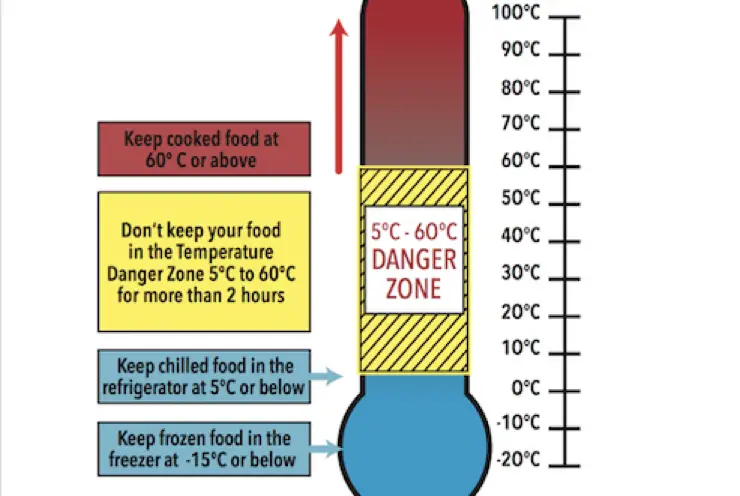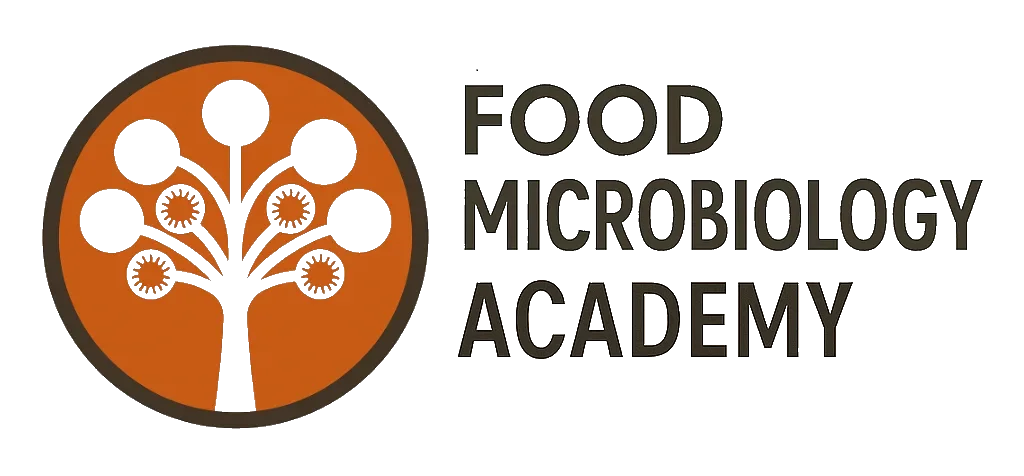Here we have a Christmas Day special, an article on how to be food-safe this Christmas, and indeed throughout summer. This article is written by our guest blogger, Collette Arnheim. Collette is broadly skilled, and qualified in food science (from The University of Melbourne) and dietetics (from Deakin University). Take heed of her timely and exemplary advice and have a food-safe summer.
You can find out more about Collette from her LinkedIn profile – https://www.linkedin.com/in/collette-arnheim/
As we head into the summer holidays here in Australia, our days are bound to be filled with picnics, BBQs and outdoor entertaining. As we take advantage of a COVID-free summer, what doesn’t quite take a summer holiday and may be more prevalent in the hotter months are bacterial pathogens.
Bacterial pathogens are those bacteria that can lead to foodborne illness or as we know it “food poisoning” and can cause harm to humans if ingested. Generally symptoms of food poisoning only last a few days, however if you have ever suffered from it, you will know that those two days are not pleasant!
It was estimated that 4.1 million cases of foodborne illness occurred in Australian circa 2010. With the World Health Organization estimating that one in ten people worldwide will suffer with some form of gastroenteritis foodborne related illness.
The main types of bacteria that can cause foodborne illness and can double in number but not be seen when left out in our hot Australian summer sun are Campylobacter, Staphylococcus aureus, Listeria monocytogenes, E. coli and Salmonella. With Salmonella and Listeria monocytogenes being the leading causes of death.
The common signs of symptoms of food poisoning are diarrhoea, vomiting, fever, nausea, abdominal cramps, headaches, muscular pain and fatigue. In certain populations like the elderly, pregnant women and children, food poisoning can cause serious risk and can even be fatal.
Transmission of these pathogens into our food system is commonly found at the processing end of the food product however can also occur through the whole food supply chain. Contamination of our food can be caused by uncleaned faecal material from animals or contaminated water or soil. Correct food handling is therefore critical to prevent these foodborne pathogens from spreading to our picnic tables.
So what can we do to prevent food poisoning during the summer months?
- Correct food handling –
Washing of our fruits and vegetables before consumption. Washing of hands before preparation and eating. Not preparing raw meat especially poultry on the same unwashed surface as fruits and vegetables.
- Read storage instructions on food products –
Check the storage instructions on the food products that you buy. Some will need to be stored in the fridge immediately like fish, cold meats and cheese and others will be able to be left out like fruits and vegetables and non-perishable items. It’s best to check the label before storing your shopping.
- Reading and knowing the difference between best before date and used by date –
Best Before – this product can be consumed after the date however it may compromise the quality of the product.
Use By – these products should not be consumed after the date as it can increase the chance of the product being contaminated and increase risk of foodborne illness.
- Know what you are preparing –
Be prepared when packing your picnic, what are the foods that will need to stay cool in an Esky/cooler box (cheese and deli meats) and which ones can be left in the basket without having to be chilled (chips and water crackers). The same goes for when entertaining at home, plus be mindful of serving up a little at a time so that you can restock from the fridge, rather than letting the food stay out on the bench.
- Temperature danger zone –
Any temperature between 5 °C (40 °F) and 60 °C (140 °F) is known as the danger zone (Figure 1) as bacteria can grow to unsafe levels and cause us to get sick. It is especially important to not leave food out in the sun for more than 2 hours, which when celebrating in our summer sun can sometimes be hard.

Keeping food below 5 °C (40 °F) can prevent most bacteria from growing and when eating hot foods we should aim for temperatures above 60° C (140 °F).
The general rule for eating food when left outside the fridge within the temperature danger zone is the two/ four hour rule.
0 -2 hours – can be eaten
2-4 hours – will need to be eaten immediately
4 -6 hours – will need to be disposed of.
– Freezing and refrigeration of left overs
If food has been left out under the 2 hour rule make sure to refrigerate or freeze immediately, this will slow down or stop any bacterial growth. Make sure that the fridge is not over packed when storing leftovers, as this can cause an increase in the temperature to above 5 °C (40 °F) and increase the chance of bacterial growth.
– Thorough re heating of leftovers.
When re-heating left overs, make sure that the meal is heated to above 60 °C (140 °F) and kept warm at that temperature or above.
Following these general rules will help to keep you safe over the holidays and help to prevent any food poisoning from occurring.
Have a fun and safe summer.
Written by –
Collette Arnheim,
Dietitian, Nutritionist and Food Scientist.
BSc, MSc Dietetics and Grad Dip Food Science.
https://www.linkedin.com/in/collette-arnheim/
References:
1. Kirk M, Ford L, Glass K, Hall G. Foodborne illness, Australia, circa 2000 and circa 2010. Emerg Infect Dis. 2014;20(11):1857-64.
2. Kirk MD, Pires SM, Black RE, Caipo M, Crump JA, Devleesschauwer B, et al. World Health Organization Estimates of the Global and Regional Disease Burden of 22 Foodborne Bacterial, Protozoal, and Viral Diseases, 2010: A Data Synthesis. PLoS medicine. 2015;12(12):e1001921.
3. Food Standards Australia New Zealand (FSANZ) 2011, Agents of Foodborne Illness, Canberra, < https://foodsafety.asn.au/wp-content/uploads/2019/04/FSANZ_Foodborne-Illness-1.pdf>
4. Food Safety Information Council 1997, <https://foodsafety.asn.au/>



